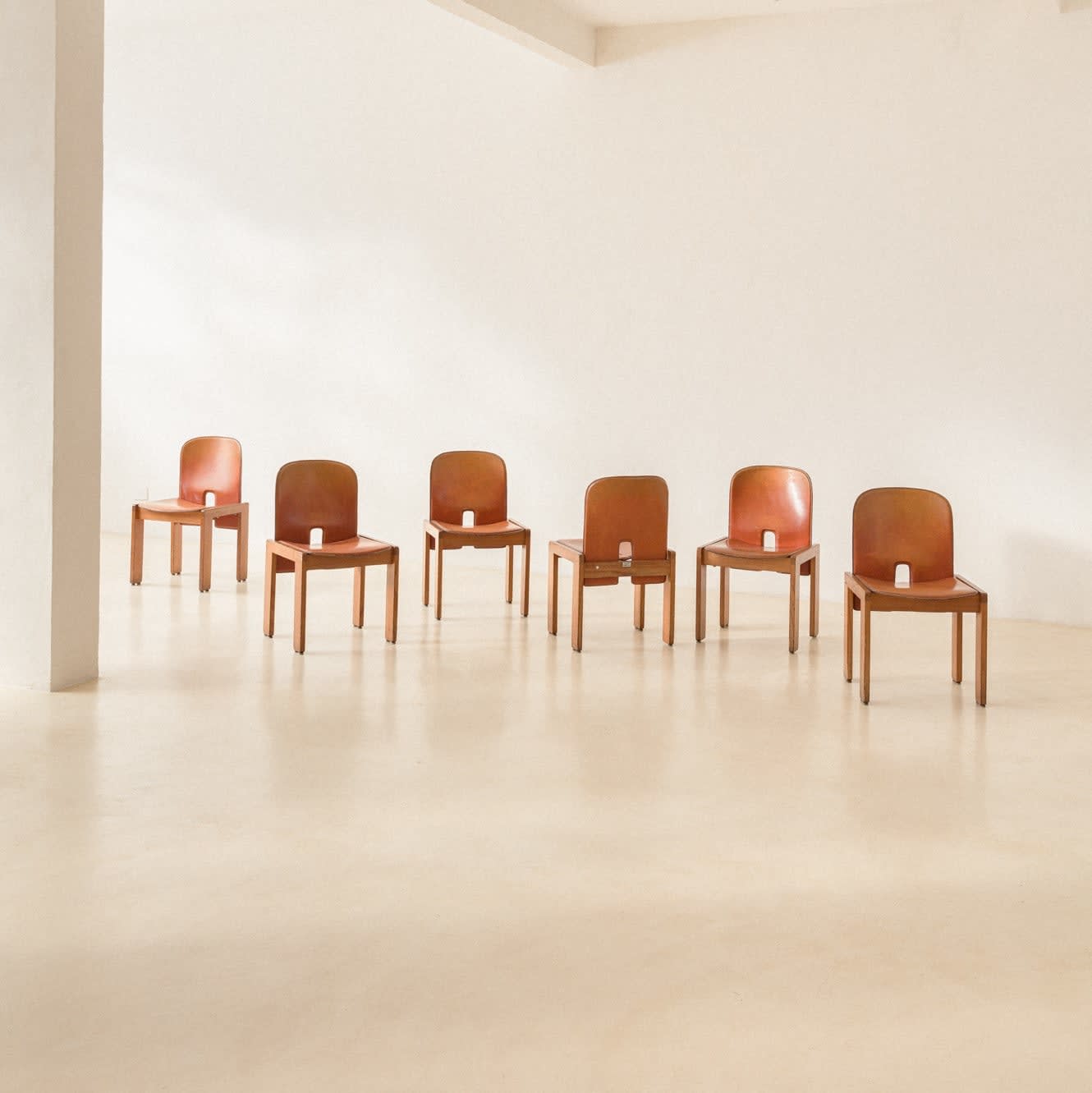JOIN OUR MAILING LIST
* denotes required fields
We will process the personal data you have supplied in accordance with our privacy policy (available on request). You can unsubscribe or change your preferences at any time by clicking the link in our emails.
|
NEW YORK GALLERY 210 11th Avenue, Suite 403 Chelsea, New York USA.10001 (646) 901-6808 shop@bossafurniture.com
HOURS AND VISITS: Monday to Friday, 11:00 am to 5:00 pm Saturday 12 am to 3 pm Summer: Monday to Friday, 11:00 am to 6:00 pm |
SÃO PAULO WORKSHOP AND LOGISTICS CENTER R. Conde de São Joaquim Bela Vista, São Paulo 01320-010 |
This website uses cookies
This site uses cookies to help make it more useful to you. Please contact us to find out more about our Cookie Policy.
